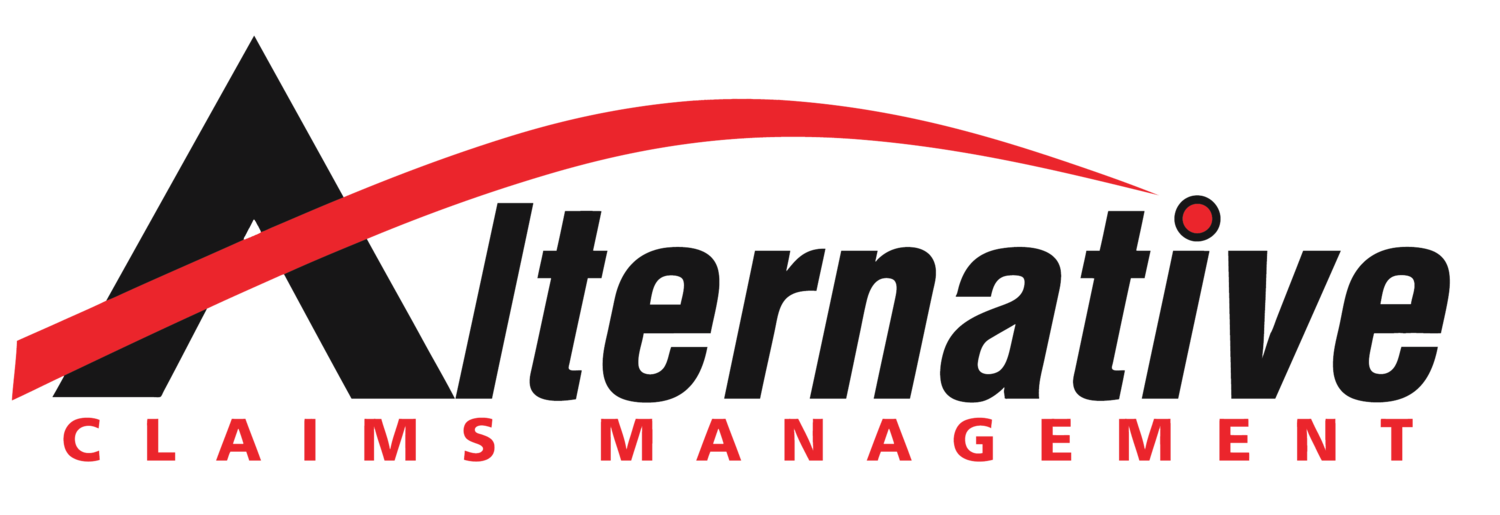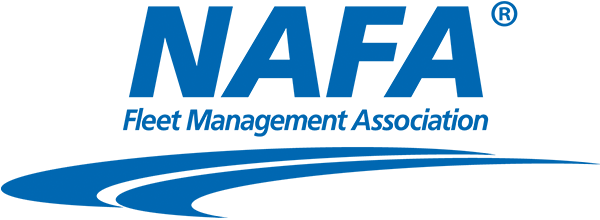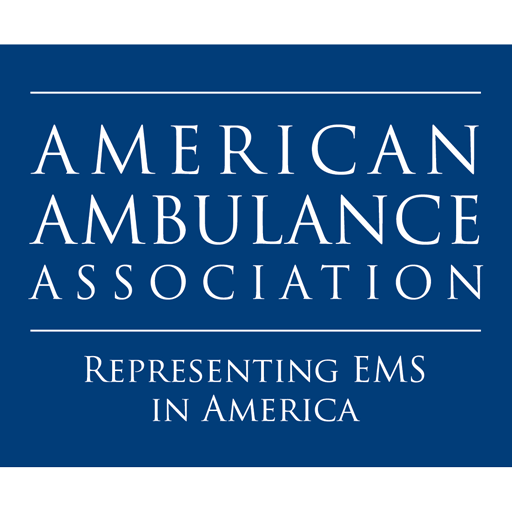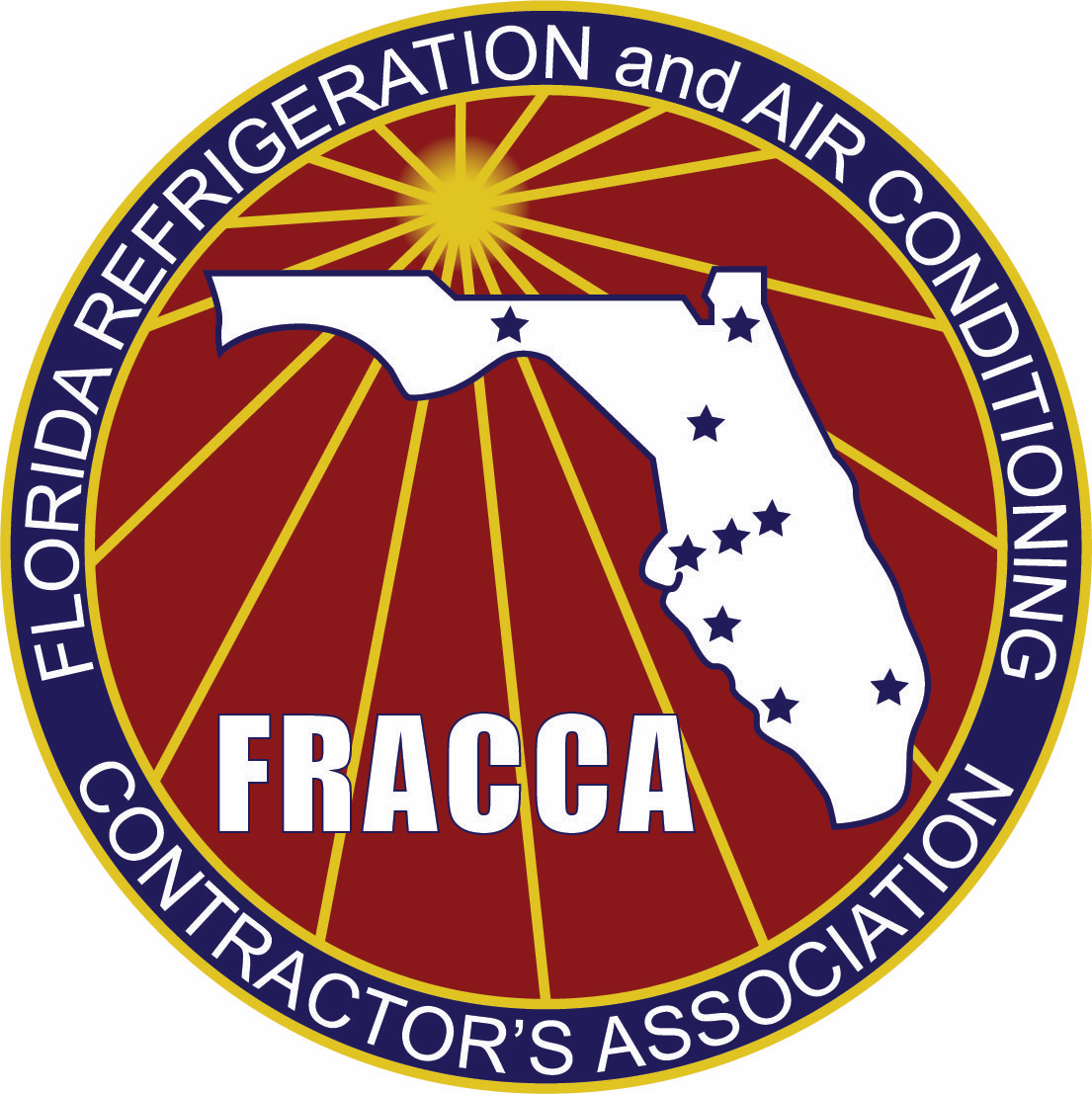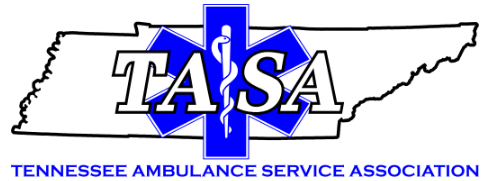Published August 2023 - Modern Work Truck Solutions
I’m amazed how many fleet operators that we talk to don’t realize they have thousands or even millions owed to them. It is understandable that the insurance carriers don’t want fleets to know they are owed this money—why would they? For those that employ a fleet and have collisions where vehicles get hit by other drivers, read this article.
Specifically, in nearly all states, when someone hits a vehicle the insurance of the at-fault vehicle is not only responsible for the physical damage but also the decrease in value of the vehicle (Diminution of Value) along with the downtime (Loss of Use) while it is out of service. This applies even if the fleet has spare units available. Driver liability, statute of limitations, and minimum policy limits vary by state, and the state where the collision happens will determine applicable laws and regulations. This money owed can be pursued retroactively for up to six years depending on the state.
I will cover how a fleet can get this money owed at the end of the article, but hang with me for the details.
Essentially, the law supports that the party that was hit is entitled to the use of their “chattel” and compensation pursuant to the same. In other words, Loss of Use (LOU). With that said, what a fleet is entitled to and what shows up in the mailbox can be two drastically different things. Insurance companies are in business to make a profit. So, they are motivated to pay the least amount possible to settle the claims. I get it.
KEY TERMS
Companies are entitled to LOU, even if they have a spare unit to fill in for a damaged vehicle. However, getting the carrier to ink the check is another matter. There are costs of having a spare unit, which is why the law supports LOU as a recoverable item. Acquisition cost, maintenance, inspections, licensing, certification, insurance, and storage are all costs incurred by having a spare unit. Supporting documentation and knowledge of the laws are key to getting a fair settlement.
The second key recovery component is Diminution of Value (DV), or Loss of Market Value, the vehicle suffers even after it is repaired. Age of the vehicle, miles, condition, and other factors determine this amount. Without a strong recovery plan or a damage recovery firm, we see significant diminution of value left on the table. The key here is strong data that supports the valuation. We recommend to only engage firms that use multiple sources and have experience recovering DV.
Further, the term “Total Loss” is an insurance term lacking legal definition. Carriers have often used title branding laws to determine if a vehicle is a Total Loss. While each state has different criteria for branding titles, vehicles can and have been paid as total losses with damage percentages well below the title branding statutes. Carriers often tout statements such as “Federal Guidelines” or “State Statutes” when attempting to settle claims. Legal entitlements are based upon the Restatement of Torts and defined by case law in each state. Typically, property and casualty insurance adjusters don’t understand these laws and are motivated to pay out the minimum possible. Engaging a firm that specializes in commercial fleet claims can provide an arm’s length transaction necessary to be proactive in setting the claim up properly, which usually results in a higher recovery.
BE PROACTIVE
When a fleet has a collision that isn’t the fault of the fleet driver, below are some helpful tips to getting strong recovery for losses caused by the collision.
1. Take pictures.
Educate fleet drivers to collect key collision information at the scene and relay it quickly. A picture may be worth a thousand words, but pictures of the collision can be worth thousands of dollars. Pictures can help support or defend liability if contested, among other items.
Take clear color pictures, both close and far away including all the vehicles involved in the collision. Take pictures of the third-party driver’s license, license plate, and insurance information if possible.
2. Collect statements.
Gather as many witnesses as possible and collect statements from both drivers. Keep in mind that this is not the time to discuss liability as there may be other unknown factors that exist.
3. Record video.
On-board videos are great, but if they are not available, take a video of the damage and intersection.
4. Get an estimate.
Get an accurate and thorough estimate. Be aware that many adjusters are typically not trained to accurately determine the damage to specialty vehicles or the equipment they may contain.
OPTIONS FOR RECOVERY
So how can a fleet win the recovery game? Unfortunately, fleets are in a game where the opponent is highly motivated to pay the least possible, has their own set of rules on how much the insured should get, and often, they require dozens of calls and voicemails over the course of months to get a claim settled. There are essentially three routes to recover from not-at-fault collisions.
1. Handle the claims yourself.
Unless you have extensive knowledge of the law and insurance industry as well as ample time to talk to the voicemails of insurance carriers, this option may not be ideal.
2. Let your insurance company handle the claim.
If your firm is self-insured, this is not an option. If you are insured, the insurance company will pay for physical damage, but that is all. This is because most policies have no coverage for LOU and DV. Adding this coverage is usually cost-prohibitive.
3. Hire a damage recovery firm to handle “NOT-AT-FAULT” claims.
Firms like ours that only handle not-at-fault collisions are the best bet and align with a fleet’s interests. Select a firm with a long track record, experience with specialty vehicles, adequate technology, strong legal knowledge, and specializes in Loss of Use and DV recovery. Make sure their fees are performance-based based and they only win if you do. This is typically the best option for self-insureds to get recovery.
Few fleets have the number of trained personnel in each of these areas to adopt all these best practices. If the fleet’s resources are already stretched to capacity, consider outsourcing this to a firm that specializes in not-at-fault collision recovery. This is found money.
ABOUT THE AUTHOR
Brian J. Ludlow is executive vice president for Alternative Claims Management, a damage recovery firm that pursues recovery at no cost for fleets and municipalities nationwide. Ludlow was the former president of Pinnacle Insurance. Reach him at bludlow@altclaim.com or call 231.330.0515.
Published August 2023 - Modern Work Truck Solutions
